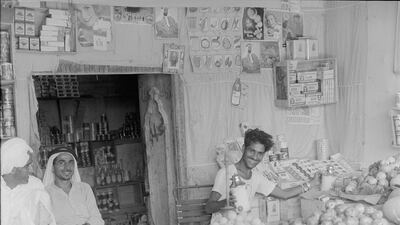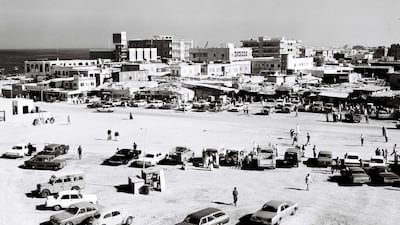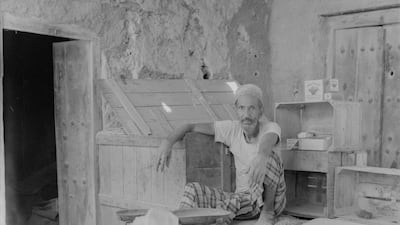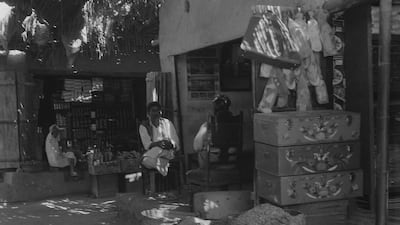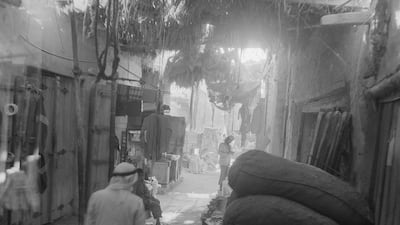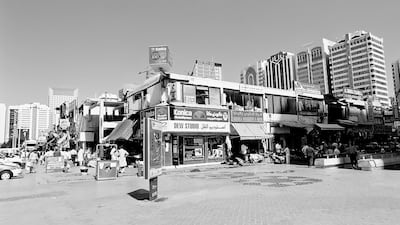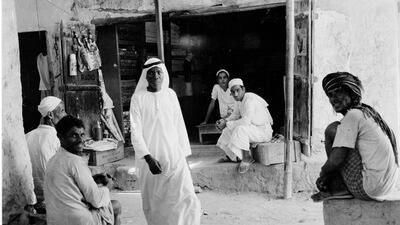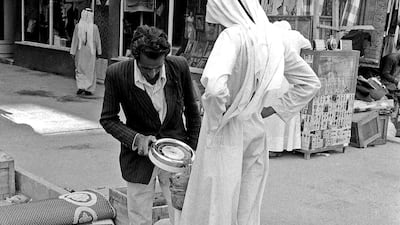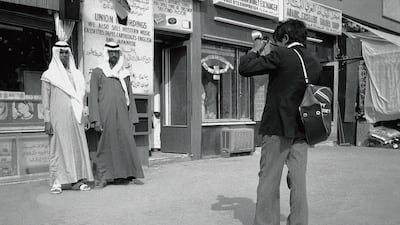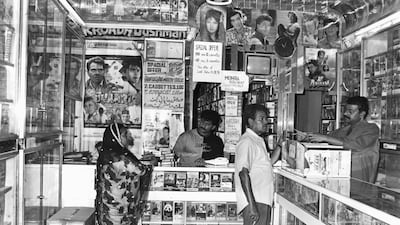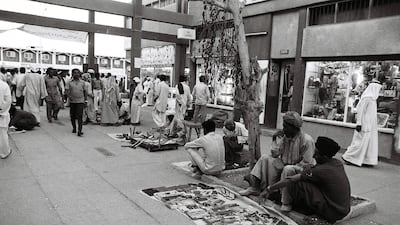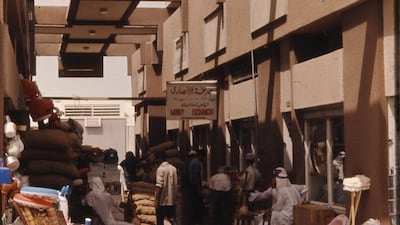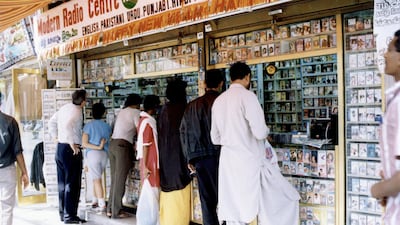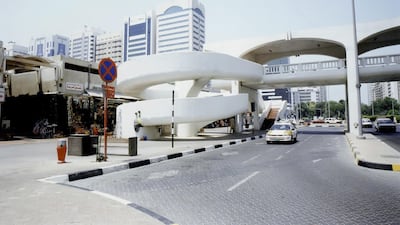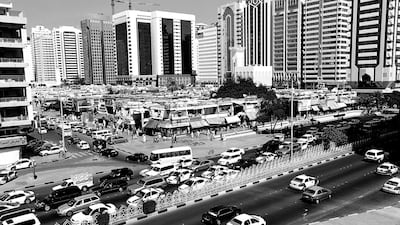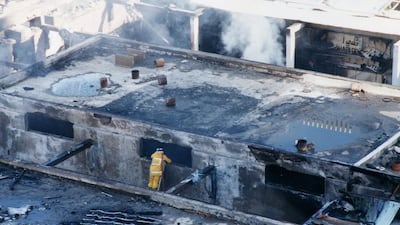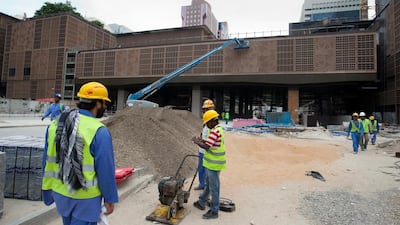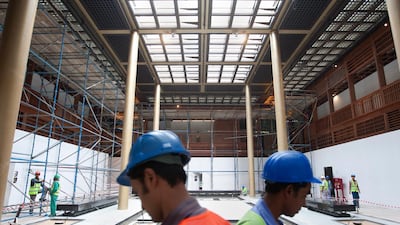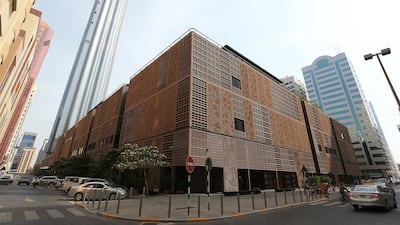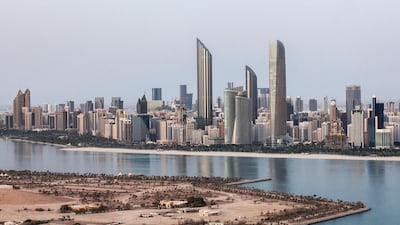Today, life in the Emirates moves in the fast lane. In a regular series to mark the 50th anniversary of the UAE we take a little trip back in time to see just how much the country has changed.
Visiting the area today, it is hard to tell that this was once the commercial heart of old Abu Dhabi.
The district behind the Corniche, south of Khalifa bin Zayed Street and between Al Lulu Street and Sheikh Rashid bin Saaed Street (Airport Road), was the city's original souq.
It was a haphazard warren of barasti and coral stone stalls. Its origins are lost in the mists of time, or at least the 19th century.
In the beginning, mostly fish, vegetables and dried goods were sold.
The influx of oil money in the late 1950s led to the introduction of exotic goods such as Heinz baked beans, tinned peaches and Wrigley's chewing gum.
Ambitious plans by Sheikh Zayed, the UAE's Founding Father, for a new modern city in the late 1960s led to the old souq being swept away, along with the Brahman cattle that once roved the stalls and a dusty path that led directly to Qasr Al Hosn.
It was replaced with a concrete version, covering the old site but much expanded. The 1970s souq extended up to Hamdan Street, bisected by Khalifa bin Zayed Street, which was crossed by a pedestrian walkway.
Particularly popular with the city's growing South Asian population, this second souq did not age well, and a fire in 2003 that gutted large sections prompted a decision to knock it down.
It was eventually replaced in 2010 by a complex that includes the World Trade Centre mall and souq, which covers the original footprint. Many of the traders from the 1970s souq still conduct business on the streets around the area.
The older of these photographs shows the second souq and the bridge over Khalifa bin Zayed Street, which has also since been replaced.
It was taken from the large roundabout on Airport Road next to Etihad Square, which has a history of its own, being the site of the Al Fahim Mosque that dated back to the 1940s.
Commissioned by Mohammed Abdul Jalil Al Fahim, of the famous Abu Dhabi business dynasty, its numerous turrets and minarets made it popular with photographers, until it, too, fell to the sands of time. Trading on this spot, then, has been conducted for three centuries.
Today shoppers browse in air-conditioned comfort, with everything on offer from cupcakes to women's lingerie.
There is a Spinneys at the mall and a Lulu hypermarket at the adjacent Central Market.
Customers of the old souq, more accustomed to rice and dried fish, would surely be much impressed at the selection on offer today.

